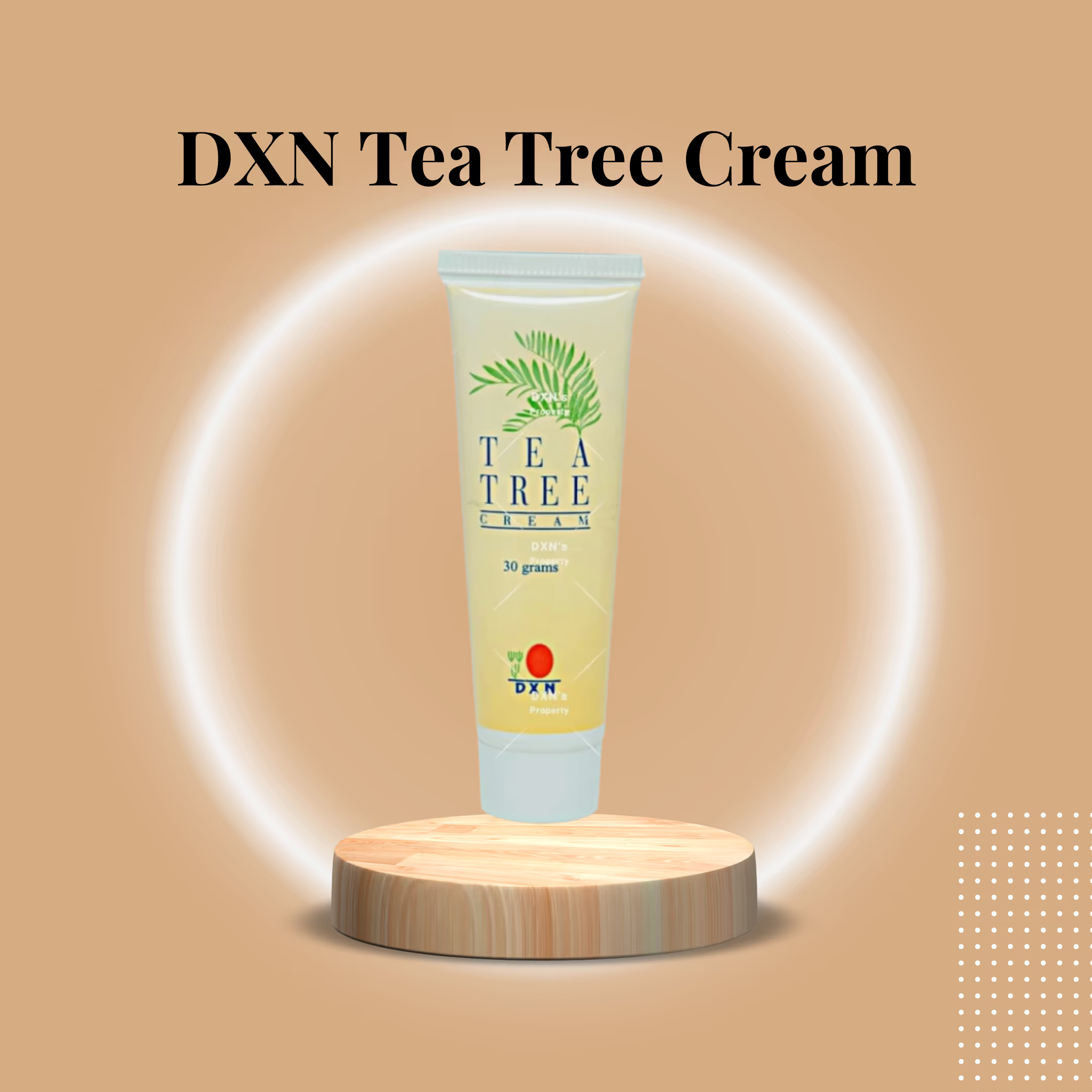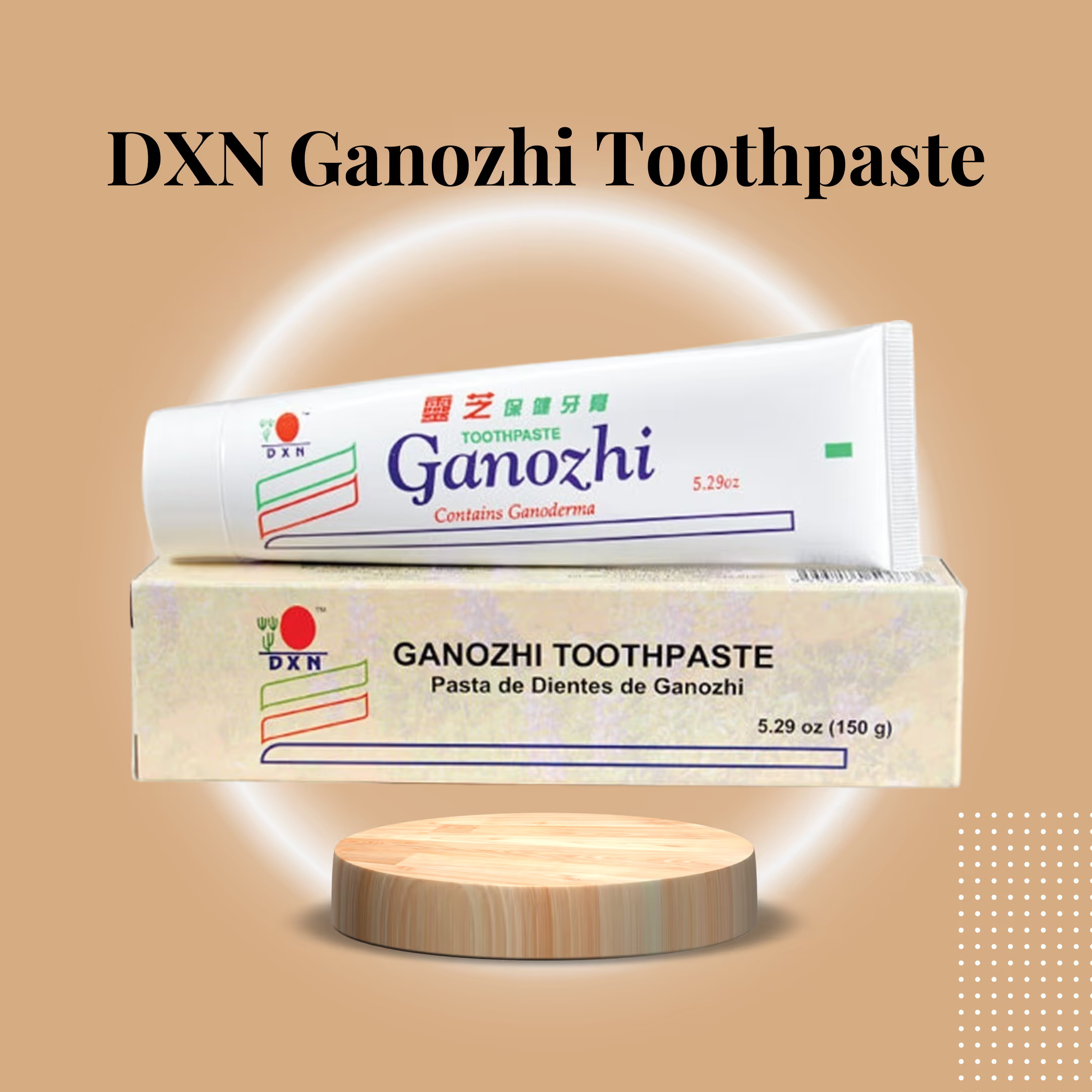Let’s start with the basics: What exactly is DXN Zhi Honey?
DXN Zhi Honey is marketed as a polyfloral (multi-flower) honey, meaning bees collect nectar from many plant species rather than a single dominant type (like clover or acacia). This type of honey offers greater aromatic complexity and a more diverse range of plant-derived compounds than monofloral honeys. According to product descriptions, it is pure, additive-free, and filtered to remove particulate impurities (such as wax fragments and bee parts) without high-temperature heating.
Two clarifications to keep in mind:
- “Zhi” in the product name: Within the broader DXN lineup, “Zhi” often signals brand-family positioning related to the company’s traditional-product catalog. DXN Zhi Honey is not a Ganoderma (Lingzhi) product; it’s honey intended to serve as a high-quality, natural sweetener compatible with the brand’s functional beverages and supplements.
- The honey is filtered to ensure clarity and safety by removing debris, but it is reportedly not heat-treated, so delicate enzymes, antioxidants, and bioactive compounds are better preserved than in heavily heated commercial honey.
2. Why polyfloral honey matters
The floral source of honey has a profound influence on its chemical composition. Flowers produce nectar with varying carbohydrates, trace minerals, phenolic, and volatile compounds responsible for honey's aroma and flavor. Polyfloral (wildflower) honey is a complex blend of phytochemicals derived from multiple plant species. That diversity translates into:
- Richer antioxidant profile: Different plants contain various flavonoids and phenolic acids; when combined, they often yield a stronger total antioxidant capacity.
- Wider micronutrient array: Trace minerals and amino acids vary by nectar source; polyfloral honey tends to accumulate a broader spectrum.
- Complex flavor: A layered taste profile that many people find more interesting and satisfying than single-source honey.
For people seeking functional nutrition rather than just sweetness, that diversity is appealing because it increases the likelihood that beneficial catalytic molecules are present.
3. Processing matters: filtration without heat
Supermarket honey is heated and filtered to prevent crystallization, remove yeast, and improve shelf life and clarity. However, excessive heat destroys enzymes (such as diastase), volatiles, and antioxidants.
DXN Zhi Honey claims to be filtered for purity but not heat-treated (no thermal pasteurization). That approach aims to:
- Deliver a clean, visually clear product free of hive debris.
- Preserve heat-sensitive enzymes and antioxidants that contribute to honey’s functional properties.
- Maintain a natural aroma and subtle flavor notes that high heat processing can strip.
That said, “filtered” is not the same as "raw." Raw honey is unstrained and may contain wax or pollen. Filtered honey removes these, but, when unheated, retains more activity than pasteurized honey.
4. Nutritional snapshot: more than just sugar
Honey is mostly fructose, glucose, and water—so it’s calorie-rich. But unheated, high-quality honey also contains key nutrients:
- Trace minerals (iron, zinc, manganese)—small amounts that act as cofactors in enzyme systems.
- Amino acids—tiny amounts, but present and relevant for metabolic processes.
- Polyphenols & flavonoids—plant-derived antioxidants that help neutralize free radicals and reduce inflammation.
- Enzymes (if not heat-damaged)—such as diastase and invertase, which are markers of honey’s biological activity.
Compared to refined sugar, honey provides a more complex nutrient profile. Fructose, mainly processed by the liver, supports longer-term energy, while glucose offers immediate fuel.
5. Health benefits supported by tradition and science
Sustained energy and improved satiety
Because honey contains both glucose and fructose, it provides both an immediate and more sustained energy release compared with pure glucose. Many people find that honey fills the small energy dips of the day without the crash often associated with refined sugar.
Antioxidant and anti-inflammatory activity
Polyphenols and flavonoids in honey contribute antioxidant activity. Antioxidants help lower oxidative stress, which is implicated in the aging process and the development of chronic diseases. Polyfloral honeys—with a mix of plant sources—often register higher antioxidant readings than single-flower honeys.
Upper respiratory relief and cough suppression
Clinical studies show that honey can be as effective as some over-the-counter cough suppressants for acute cough in children older than 1 year (never give honey to infants under one year). The soothing, viscous properties of honey coat the throat and reduce irritation.
Digestive comfort and mild antimicrobial effects
Honey has been used traditionally for digestive complaints. For some forms of gastroenteritis and minor digestive disturbances, honey’s mild antimicrobial, anti-inflammatory, and demulcent (coating) properties can be helpful. Additionally, honey has been studied in oral rehydration contexts and topical wound care (certain honeys show clinical efficacy in wound healing).
Immune-supportive micronutrition
The trace minerals and antioxidant load contribute to cellular resilience. While honey is not a cure-all, in the context of a balanced diet, it can support the micronutrient needs that underpin immune function.
6. Practical use: how to integrate DXN Zhi Honey into daily life
To get the most from a premium non-thermally-treated honey, follow a few simple rules:
Respect the temperature
Delicate enzymes and antioxidant compounds are degraded at high temperatures. If your goal is to retain honey’s active properties, avoid adding it to boiling liquids. Aim for lukewarm (about 40–50°C / 104–122°F) or allow a hot drink to cool slightly before stirring in honey.
Timing for effect
- Morning boost: A spoonful in warm water or tea can provide a quick yet balanced start to the day.
- Pre/post-activity: A small amount before a workout for accessible glucose; afterwards, it helps replenish glycogen without the rapid crash.
- Nighttime soothing: A teaspoon before bed can help alleviate nighttime coughing and may aid sleep onset due to a gentle, insulin-mediated tryptophan/serotonin cascade.
Cooking and baking
If you’re cooking at high temperatures, keep in mind that the functional benefits (enzymes, some antioxidants) will be diminished. Honey still improves flavor and texture in baked goods, but consider adding it to recipes where the functional compounds are not the primary objective.
Culinary creativity
Use DXN Zhi Honey as a glaze for roasted vegetables, stirred into yogurt and porridge, drizzled on fruit and cheese plates, or folded into dressings and marinades. Its complexity complements both savory and sweet applications.
7. Storage and crystallization: what to expect
Pure honey naturally crystallizes over time; it’s a sign of authenticity, not spoilage. To return crystallized honey to its liquid form, gently warm the jar in a water bath at a temperature no higher than 50°C, stirring until smooth. Avoid microwave heating or aggressive temperatures that will denature sensitive compounds.
Store honey in a cool, dry pantry away from sunlight. Tightly seal jars after use to avoid moisture ingress (honey’s low moisture content helps preserve it; increasing external moisture risks fermentation).
Finally, a note on who should exercise caution when consuming honey.
Infants under 1 year
Honey is contraindicated for infants under 12 months due to the risk—albeit rare—of botulinum spores causing infant botulism. Never give honey to babies.
People with diabetes
Despite a lower glycemic index than refined sugar for some honeys, honey remains a carbohydrate-rich sweetener. Individuals with diabetes or impaired glucose tolerance should consult their healthcare provider before adding honey to their diet and must monitor their blood sugar responses.
Milk or pollen allergy
People with severe pollen or bee-product allergies should check product sourcing and consult medical advice if unsure; trace pollen may be present in minimally processed honey.
9. Comparing DXN Zhi Honey with market alternatives
Pasteurized commercial honey
Most supermarket honey is pasteurized and heavily filtered. This improves shelf stability and clarity but often reduces enzyme content and antioxidant potency.
Raw (unfiltered) honey
“Raw” honey is less processed and may contain pollen and small hive debris. It preserves biological complexity but lacks the clarity and potential hygienic assurance of filtered products.
Polyfloral vs monofloral
Polyfloral honey generally offers broader phytochemical diversity; monofloral varieties have distinct, sometimes stronger, single-note health or flavor claims (e.g., manuka’s methylglyoxal content).
DXN Zhi Honey positions itself between raw and pasteurized: filtered for visual and hygienic quality, but not thermally processed, with polyfloral sourcing for a broad range of activities.
10. Pairing with functional supplements and foods
DXN positions its honey as a complement to its other products, including Ganoderma beverages, spirulina, and other functional blends. A teaspoon of honey can make bitter herbal extracts more palatable without resorting to refined sugars. Many users blend honey into smoothies with spirulina, add it to herbal infusions, or use it as a natural binder for energy bites.
A suggested daily ritual:
- Morning: warm water, lemon, and 1 tsp honey (let the water cool slightly first).
- Mid-morning: drizzle of honey on Greek yogurt with berries.
- Pre-workout: a small honey and banana for quick energy.
- Evening: tea cooled to a lukewarm temperature, sweetened if desired.
11. Evidence, marketing, and realistic expectations
Honey has both centuries of traditional use and modern research supporting certain claims (e.g., cough relief, wound-care efficacy for some types of honey, antioxidant properties). However, it’s not a panacea. The benefits of a premium polyfloral honey are best appreciated when incorporated into a healthy lifestyle, which includes a balanced diet, good sleep, effective stress management, and regular physical activity. Think of DXN Zhi Honey as a quality ingredient that supports wellness when used intelligently and regularly—not a replacement for medical interventions when needed.
12. Ethical sourcing and quality transparency
When choosing a premium honey, evaluate:
- Source transparency: Where was the honey harvested?
- Processing description: Was it heat-treated? What kind of filtration was used?
- Certifications and lab tests, such as pollen analysis, HMF (hydroxymethylfurfural) levels (an indicator of heat/deterioration), and antioxidant testing, can validate claims.
- Packaging & shelf-life: Proper sealing and accurate expiry/batch information are helpful for quality assurance.
-
DXN Zhi Honey claims to be carefully sourced and undergo non-thermal filtration; look for batch identifiers and third-party quality information where available.
.avif)





